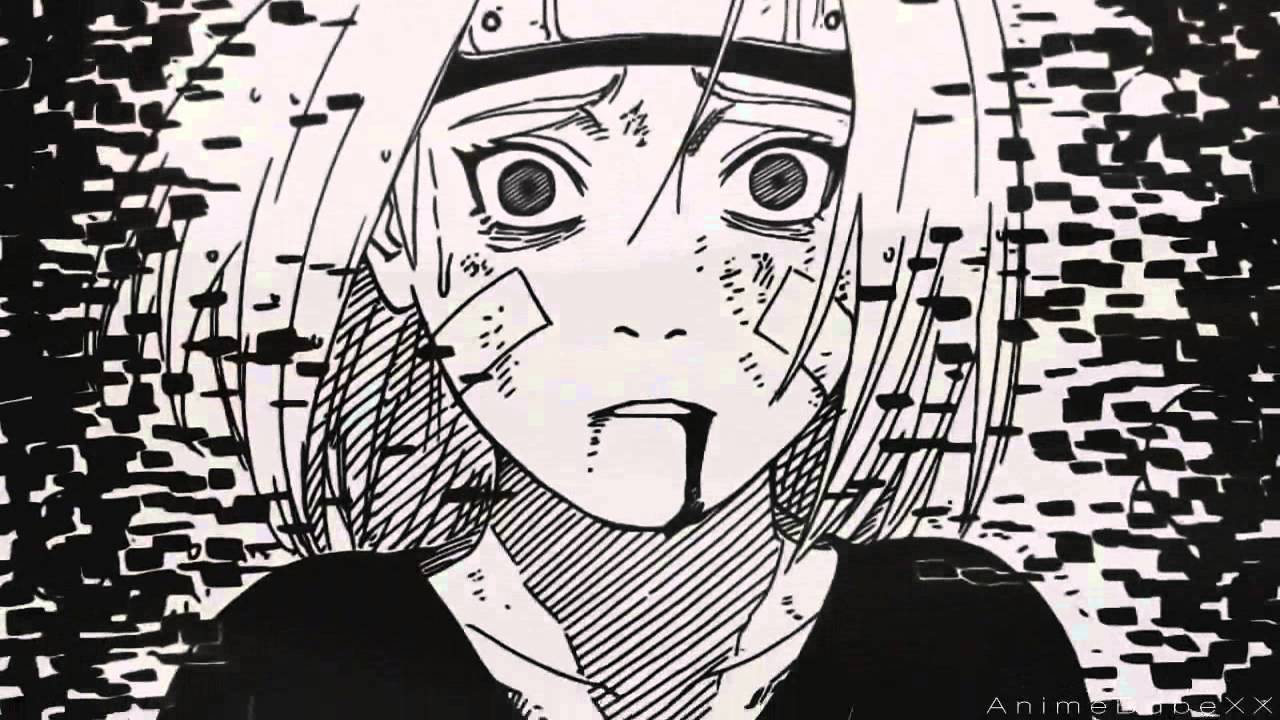Manga, a form of Japanese comic art, has transcended its cultural boundaries to become a global phenomenon. Central to the unique storytelling of manga are its panels – the individual frames that compose a page. These panels serve as windows into the narrative, guiding readers through the story’s twists and turns. In this article, we’ll delve into the intricate world of manga panels, exploring their diverse types, layout techniques, and the pivotal role they play in shaping the reader’s experience.
The Foundation: Understanding Manga Panels
Types of Panels
Manga panels come in various shapes and sizes, each serving a specific purpose in the storytelling process:
- Full-Page Panels: These expansive panels command the entire page, often used for significant moments, dramatic reveals, or breathtaking scenes. They provide a sense of scale and importance to the depicted events.
- Splash Pages: Similar to full-page panels, splash pages are dedicated to a single, visually impactful image. They are commonly employed to emphasize key moments or characters.
- Tiered Panels: This is the most common panel format. Multiple panels are arranged in rows, with each row representing a chronological sequence of events. The direction in which the reader is expected to follow (left to right or right to left) depends on the cultural origin of the manga.
- Inset Panels: These are smaller panels placed within a larger one, focusing on specific details or actions. Inset panels add depth and detail to a scene.
- Full-Bleed Panels: In contrast to traditional panels with defined borders, full-bleed panels extend all the way to the edges of the page, creating a sense of immediacy and intensity.
- Montage Panels: This technique involves the juxtaposition of several images to convey a sequence of events or emotions. It is particularly effective for depicting fast-paced action or complex emotions.
- Split Panels: Used to show parallel actions or viewpoints, split panels divide a single frame into two or more sections, allowing for simultaneous storytelling.
Page Composition
The arrangement of panels on a page is crucial in guiding the reader’s eye and controlling the pacing of the narrative:
- Panel Size and Placement: The size and placement of panels determine their visual weight and importance. Larger panels draw attention, while smaller ones provide context or detail.
- Gutter Space: The empty space between panels, known as the gutter, serves as a visual pause that allows readers to process the events. The width of the gutter influences the pacing of the story.
- Flow and Direction: The sequence in which panels are read is influenced by their placement and the direction in which anime characters and objects face. This can create a natural flow or add tension to a scene.
- Page Turns: Manga creators often strategically place cliffhangers or pivotal moments at the end of pages to encourage readers to turn te page, heightening suspense and engagement.
Artistry in Action: Techniques and Tools
Composition Techniques
- Leading Lines: The arrangement of elements within a panel, such as characters, objects, or backgrounds, can create visual lines that guide the reader’s eye through the scene.
- Focus and Depth of Field: The use of foreground, mid-ground, and background elements adds depth and dimension to panels, creating a sense of space.
- Negative Space: Strategic use of empty space within panels can draw attention to important details or evoke specific emotions.
Tools of the Trade
- Pens and Inks: Traditional manga artists often use a combination of pens with various nib sizes to create clean, precise lines. Inks add depth and contrast to the artwork.
- Screen Tone: This adhesive sheet with various textures is applied to add shading and texture to the artwork. It’s a hallmark of traditional manga illustration.
- Digital Software: With the advent of technology, many manga creators have transitioned to digital tools and software for ease of editing, coloring, and adding effects.
The Impact of Panels on Storytelling
Manga panels are more than just visual elements; they are the building blocks of narrative. The arrangement, size, and style of panels shape the reader’s experience, influencing the pacing, emotional impact, and comprehension of the story. A skilled manga artist leverages these elements to craft a compelling, immersive world that captivates readers and leaves a lasting impression.
In essence, manga panels are an art form in themselves, seamlessly blending visual storytelling with narrative prowess. They are a testament to the ingenuity and creativity of manga creators, captivating audiences worldwide and solidifying manga’s status as a powerful medium of expression and entertainment.
